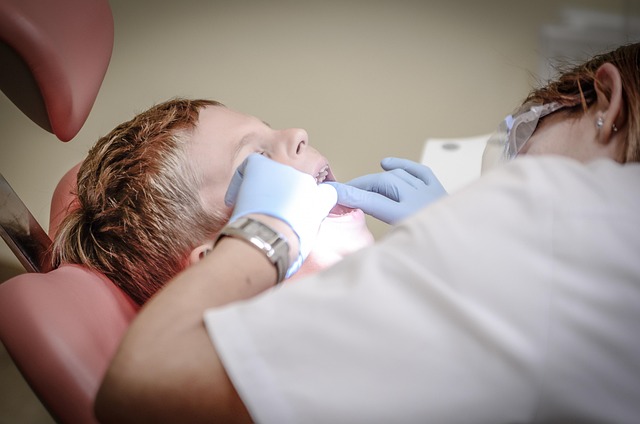Discover the Future of Dental Implants: Screwless Solutions for a New Era
Revolutionary advances in dental technology have introduced screwless dental implants, offering patients an alternative to traditional screw-retained systems. These innovative implant solutions utilize different attachment mechanisms that may provide enhanced comfort, improved aesthetics, and simplified maintenance procedures. Understanding how screwless implants function and their potential advantages can help patients make informed decisions about their dental restoration options.

Modern dentistry continues to evolve with innovative solutions that prioritize patient comfort and long-term oral health outcomes. Screwless dental implants represent a significant advancement in implant technology, offering an alternative approach to tooth replacement that differs fundamentally from conventional implant systems.
What Are Screwless Dental Implants?
Screwless dental implants utilize alternative attachment mechanisms instead of traditional screw-retained connections between the implant fixture and the prosthetic crown. These systems typically employ cement-retained crowns, magnetic attachments, or specialized locking mechanisms that eliminate the need for access holes in the crown surface. The implant fixture itself is still surgically placed into the jawbone, but the method of attaching the visible crown portion differs significantly from conventional approaches.
This technology addresses several concerns associated with traditional screw-retained implants, including the visibility of screw access holes and potential complications related to screw loosening over time.
How Do Screwless Implants Work?
The functionality of screwless implants depends on the specific attachment system employed. Cement-retained systems use dental cement to permanently bond the crown to an abutment that connects to the implant fixture. This creates a seamless connection without visible access points on the crown surface.
Magnetic attachment systems utilize precisely engineered magnetic components that create secure connections between the implant and prosthetic. Some advanced systems employ mechanical locking mechanisms that provide retention without requiring screws or cement.
The surgical placement procedure for screwless implants follows similar protocols to traditional implants, involving careful assessment of bone density, precise positioning, and appropriate healing periods before final restoration placement.
Comparing Screwless and Traditional Dental Implants
Traditional screw-retained implants have established success rates and allow for easy retrievability when maintenance is required. The screw access hole, while sometimes visible, provides dentists with straightforward access for adjustments or repairs.
Screwless systems offer improved aesthetics by eliminating visible access holes, particularly important in the front teeth where appearance is crucial. However, this advantage may come with trade-offs in terms of retrievability and long-term maintenance options.
Both systems require adequate bone support and proper oral hygiene maintenance. Success rates for well-designed screwless systems can be comparable to traditional implants when appropriate case selection and surgical protocols are followed.
| System Type | Provider Examples | Key Features | Cost Estimation |
|---|---|---|---|
| Cement-Retained | Straumann, Nobel Biocare | No access holes, permanent attachment | $3,000-$5,000 per tooth |
| Magnetic Attachment | Dentsply Sirona, Zimmer Biomet | Removable, strong retention | $3,500-$6,000 per tooth |
| Traditional Screw-Retained | Various manufacturers | Retrievable, proven track record | $2,500-$4,500 per tooth |
Prices, rates, or cost estimates mentioned in this article are based on the latest available information but may change over time. Independent research is advised before making financial decisions.
The Key Benefits of Screwless Dental Implants
Screwless dental implants offer several potential advantages that make them attractive options for specific clinical situations. Enhanced aesthetics represent the primary benefit, as the absence of screw access holes creates more natural-looking restorations, particularly important in visible areas of the smile.
Improved crown contours become possible when designers don’t need to accommodate access holes, potentially resulting in better emergence profiles and more anatomically correct tooth shapes. Some patients report enhanced comfort due to smoother crown surfaces without access hole covers.
Maintenance procedures may be simplified in certain respects, as there are no screw access holes to clean or maintain. However, this benefit must be weighed against the potential difficulty of crown removal if repairs become necessary.
Certain screwless systems may provide better retention in cases where traditional screw access would be compromised by angulation issues or space limitations.
The decision between screwless and traditional implant systems should always involve thorough consultation with qualified dental professionals who can assess individual anatomical factors, aesthetic requirements, and long-term maintenance considerations. Success with any implant system depends on proper case selection, skilled surgical placement, and committed oral hygiene maintenance by the patient.




